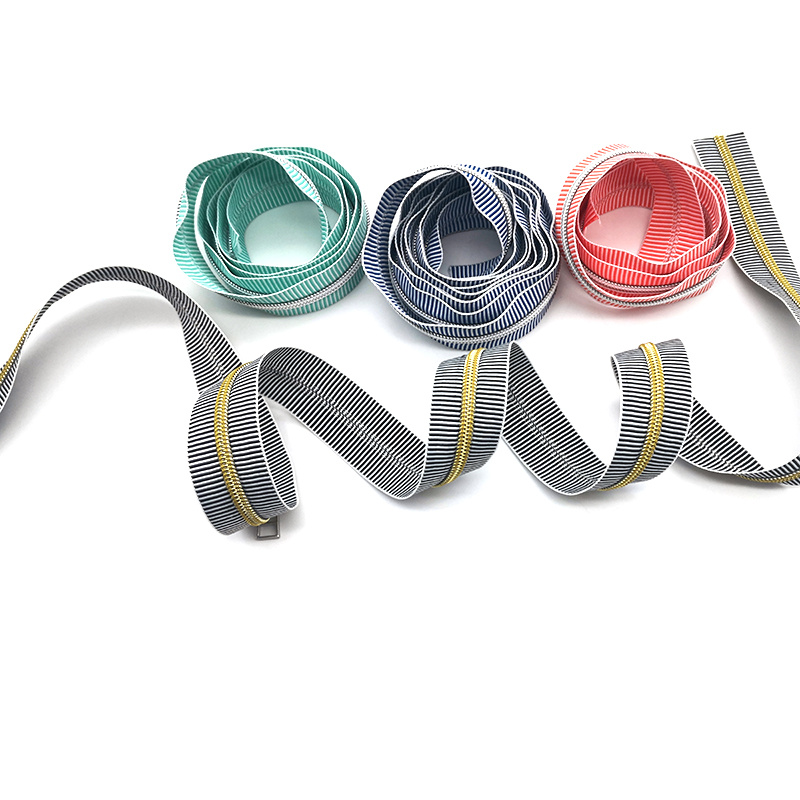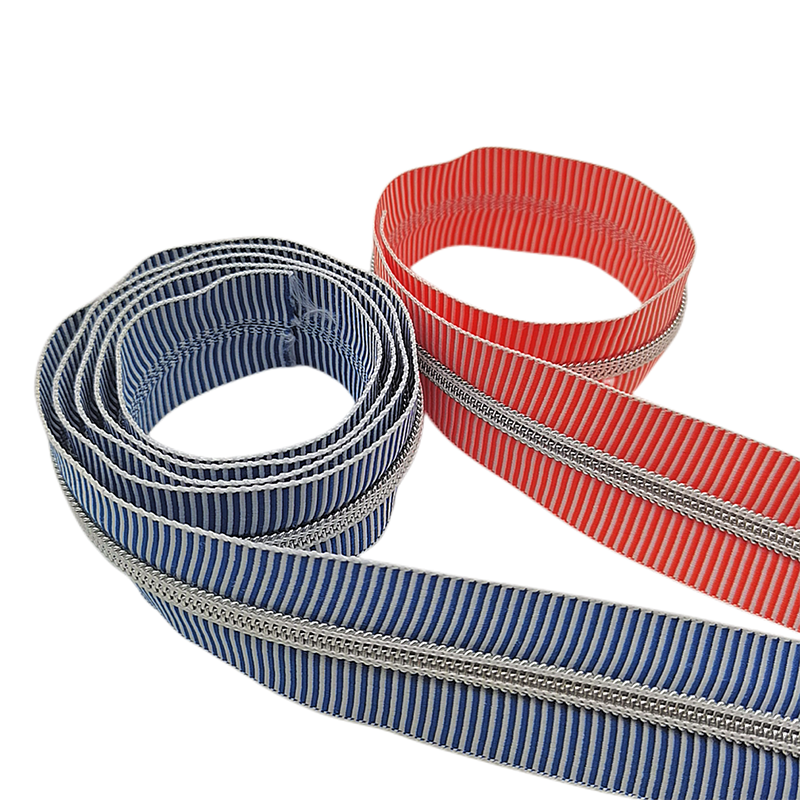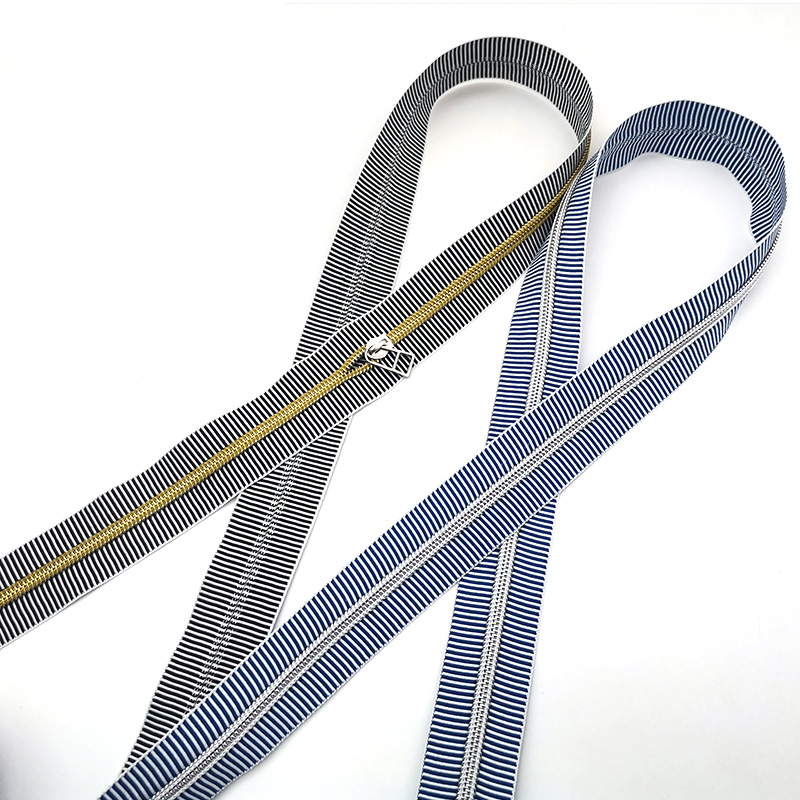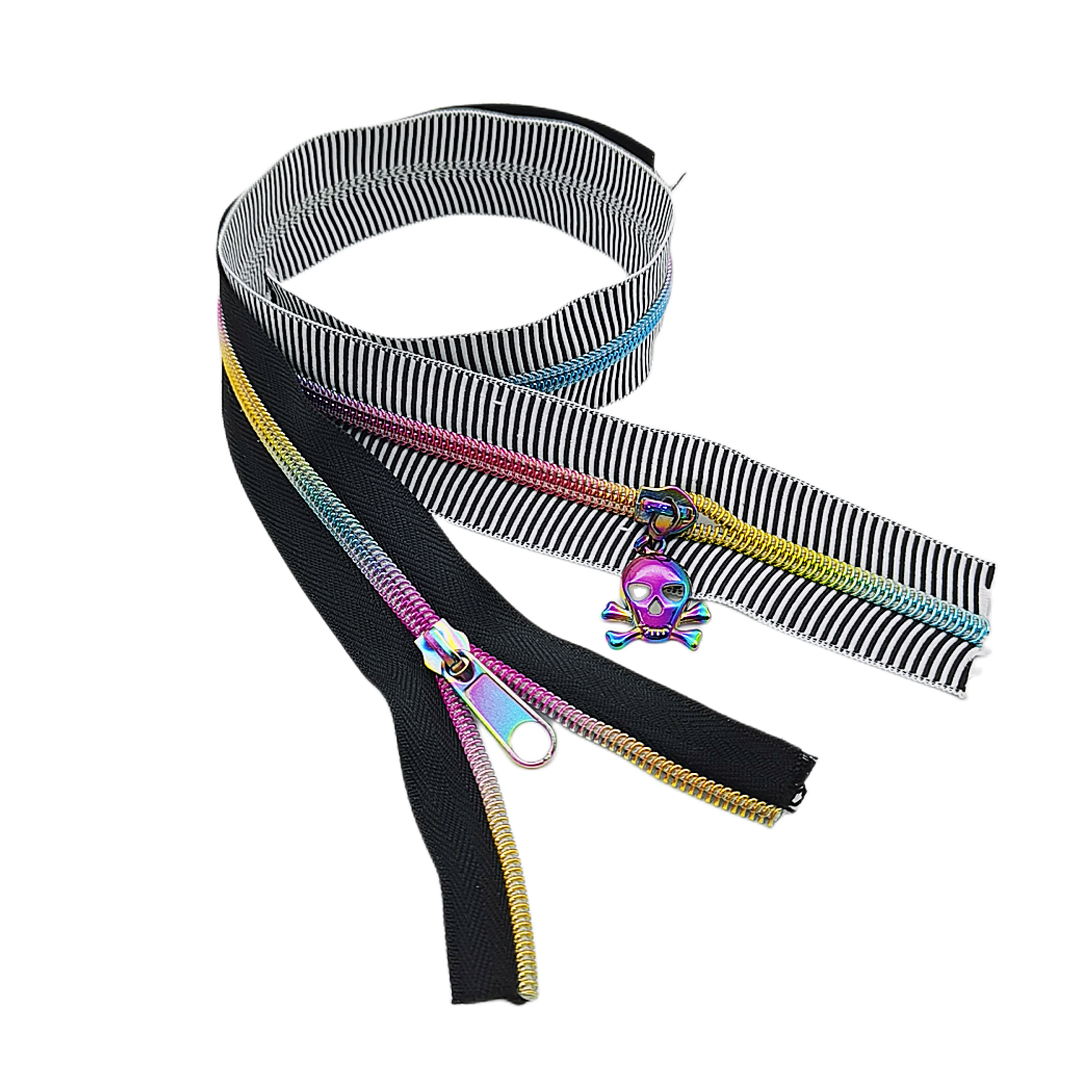 Since desktop publishing went to the computer, the display became one of the important devices in the prepress process. From the scanning, digital photography, photo modification, layout, and other processes, the presence of the display can also be found. However, many of the industry's peers have overlooked the display, but they have to look for images and ignore the color of the screen. Knowing whether a color-accurate (or more accurate) display can be used as Soft Proofing (plus additional printed ICC Profile) to help employees improve the quality of their products, it can also save costs for the company. Fortunately, color management has become increasingly popular in recent years, and monitor adjustments have also begun to be taken seriously.
Since desktop publishing went to the computer, the display became one of the important devices in the prepress process. From the scanning, digital photography, photo modification, layout, and other processes, the presence of the display can also be found. However, many of the industry's peers have overlooked the display, but they have to look for images and ignore the color of the screen. Knowing whether a color-accurate (or more accurate) display can be used as Soft Proofing (plus additional printed ICC Profile) to help employees improve the quality of their products, it can also save costs for the company. Fortunately, color management has become increasingly popular in recent years, and monitor adjustments have also begun to be taken seriously.
There are different levels of monitor calibration systems on the market, some are software only, some are hardware (colorimeters or spectrophotometers), and some even sell monitors. The price is also from free to 60,000 yuan. Of course, the effect of each system is also different. Users should first understand the differences between different systems and whether they can achieve the desired results.

 In fact, all monitor adjustment systems can be divided into two major categories. They are the external adjustment system (which is divided into two types: full software "or human eye" adjustment and two kinds of instruments such as colorimeter or spectrophotometer) and built-in. Adjust the system.
In fact, all monitor adjustment systems can be divided into two major categories. They are the external adjustment system (which is divided into two types: full software "or human eye" adjustment and two kinds of instruments such as colorimeter or spectrophotometer) and built-in. Adjust the system.
The biggest difference between the two is that the external adjustment system cannot actually adjust the color of the monitor. Instead, it adjusts the Look Up Table (referred to as LUT) in the display card of the computer to achieve the desired color. So what is a LUT? Before understanding LUTs, let's look at what we are tuning when we tune the monitor. We adjusted the monitor not to tune the monitor to the same process color. Because the color gamut of the display is RGB, which is the additive color, the color is formed by radiation, and the printing is CMYK, which is the subtractive color forming color, and the reflection forms the color. Therefore, the two are fundamentally different, so we are absolutely not able to adjust the monitor to the same color as the printed one. Our Soft Proofing actually adjusts the monitor to a certain standard, then displays the ICC Profile of the monitor, and finally adds the ICC Profile to run the CMS with different printing processes. This results in Soft Proofing. Therefore, the setting of the display should be fixed and should not be changed with different printing processes or digital cameras under different lighting. The above-mentioned display standard is mainly the color temperature and the gamma value of the entire display system.



A better quality display should allow the user to adjust the color temperature in hardware, and even adjust the individual intensity of each channel in RGB. However, if the monitor in use does not provide color temperature tuning, we will rely on the LUT mentioned above to adjust the color temperature. Take a look at the following example. A hardware 9300K (bluish) monitor is calibrated to 5000K (reddish). The additional monitor tuning system uses the blue output of the white bits in the LUT (RGB is 255 output). Decreased. As a result, in the case of the Blue Channel, when the input is 255, the green output is only 235 at most, and the blue color is only 219 at most. As a result, the green and blue colors are reduced and the display is reddish to a predetermined color temperature. Undoubtedly, the color temperature is reached, but the amount of green and blue that can be output is reduced, the overall light quantity and color are also reduced by 21% and 6%, the color gamut is reduced, and the appearance of banding is more likely to occur.

On the other hand, monitors with a built-in calibration system, such as the Barco Calibrator series, can adjust the color temperature while controlling the energy of the electron gun in the monitor, instead of forcing the LUT to reduce the output of certain channels. When the LUT input is 255, the output is also 255. The overall light quantity and color will not be reduced, the color gamut will also be larger, and the situation of starting grade will be reduced accordingly.
What is color temperature, Gamma and LUT
 Suppose there is an idealized Black Body. When we provide heat to this black object, it generates radiation/radiation. Some of the spectrum of the emitted electromagnetic waves is visible to the human eye (these are the light ). When heat is applied to the black object at different temperatures, the energy and spectral distribution (light color) of the emitted light will also differ from this temperature. It is the color temperature we often say. In the monitor, low color temperature is the color reddish yellow warmer, high color temperature is the color blue and cold. In general, the standard color temperature for the prepress process is 5000K, so the monitor should also be calibrated to 5000K.
Suppose there is an idealized Black Body. When we provide heat to this black object, it generates radiation/radiation. Some of the spectrum of the emitted electromagnetic waves is visible to the human eye (these are the light ). When heat is applied to the black object at different temperatures, the energy and spectral distribution (light color) of the emitted light will also differ from this temperature. It is the color temperature we often say. In the monitor, low color temperature is the color reddish yellow warmer, high color temperature is the color blue and cold. In general, the standard color temperature for the prepress process is 5000K, so the monitor should also be calibrated to 5000K.
The gamma value is actually the relationship between input and output. The scanning system has Gamma, the display system has Gamma, and the print also has Gamma (but usually called Dot Gain). The lower the gamma value is, the lighter the color is, the higher the gamma value is, the darker the color is, and the Gamma1 is linear. The gamma value in the display system is the relationship between the RGB values ​​in the file (input) and the light output (output) of the display. The shop often emphasizes that the Gamma value of the Mac machine must be 1.8 and the PC is 2.2 when tuning the monitor. In fact, there is no explicit provision for this. The reason why the Mac is set to 1.8 is because Apple's Gamma (Dot Gain) was 1.8 when it launched the first LaserWriter. Therefore, it is recommended that the display system of the Mac be adjusted to 1.8 so that the screen and print product are the same. But today, when we use CMS, because the ICC Profile of the monitor has recorded the gamma value of the entire display system, even if we use Gamma4, the desktop will become very dark, but it can be seen in the software that supports ICC. The color will still be correct. In general, Gamma2.2 is a suitable setting. Because the gamma of the picture tube is mostly about 2.2, when using 2.2, the adjustment system does not need to make too many gamma modifications in the LUT, so that the gradual change is smoother.
There are three LUTs, which are RGB. The input and output are also from 0 to 255. When the output of each Channel is also 255, it is equal to 256 levels per channel, the overall color available is 256X256X256, etc., and the color is 167,000. That is, the power of the 8th of each Channel2, or 2 to the 24th, or 24-bit color.
To mention that, there is no standard for the brightness and contrast of the display, which means that when there are multiple displays with the same brand, or a display mixed with other brands, the brightness and contrast of each part are adjusted after the additional display adjustment system is adjusted. There may also be differences. Some of the additional monitor adjustment systems are purely based on the human eye to adjust the luminosity and contrast, and others are recommended to adjust the luminosity and contrast to a certain value after measuring the instrument. Both words, the latter is more accurate. However, if the monitor is in use at a high time, the photometric output is insufficient, and it is difficult to match the brightness and contrast with other newly used monitors. All of Barco's displays have the same standard of brightness and contrast, so when setting the factory's value, each part can be the same.
 In addition to the above, the stability of the display is also very important. Sometimes, even if the monitor is set to 5000K, the actual color temperature may go in and out because the display is unstable. As a result, the LUT needs to be corrected. Barco's displays have multiple sets of circuits to monitor the stability of the electron gun and automatically adjust the energy of the electron gun to ensure that the display color is consistent at all times. These are not available on other monitors, so these displays require more frequent tuning.
In addition to the above, the stability of the display is also very important. Sometimes, even if the monitor is set to 5000K, the actual color temperature may go in and out because the display is unstable. As a result, the LUT needs to be corrected. Barco's displays have multiple sets of circuits to monitor the stability of the electron gun and automatically adjust the energy of the electron gun to ensure that the display color is consistent at all times. These are not available on other monitors, so these displays require more frequent tuning.
The black color displayed by many displays is dark gray and not dark enough due to the material problems of the surface coating of the tube. The black color displayed by the Barco display is the darkest of all monitors, so many professional image modification and scanning users also use the Barco display.
It is actually very simple to test whether the black color of the monitor in use is black enough and whether the gray scale is color cast.
1. Open a new Lab color square file in Photoshop. Fill in a color with a Lab value of 0, 0, 0. This is the darkest black display on this monitor.
 2. Fill in the black square with a smaller square with a Lab value of 3,0,0. A good monitor is just black that should have been lightened. On the contrary, a bad display may only show a large black, the middle lighter squares cannot be displayed, or the middle black square is too obvious, and the real lightness only increases by 3 The black deviation of the unit.
2. Fill in the black square with a smaller square with a Lab value of 3,0,0. A good monitor is just black that should have been lightened. On the contrary, a bad display may only show a large black, the middle lighter squares cannot be displayed, or the middle black square is too obvious, and the real lightness only increases by 3 The black deviation of the unit.
3. We can fill in the middle of the small square with some light black, such as the Lab value is 5,0,0, and then look at the black display of the monitor. By analogy, we can continue to fill in different colors of L value to check the display's grayscale performance. Usually, even if the monitor is calibrated with an external adjustment system, there will be problems with color casts or gradual gradation when there are many gray scales.
In addition, the electron gun in the picture tube is extremely susceptible to magnetic fields.  Affected. Therefore, it is very difficult to achieve uniform color in each part of a large picture (such as 21 inches or more). In general, the additional monitor adjustment system can only be used for measuring and tuning at one point. Since it cannot control the electron gun, it does not care about the possible unevenness of each part of the screen. Barco's monitors can divide the screen into up to 25 individual measurements and adjustments, allowing the electron gun to be independently adjusted for each zone to achieve color averaging.
Affected. Therefore, it is very difficult to achieve uniform color in each part of a large picture (such as 21 inches or more). In general, the additional monitor adjustment system can only be used for measuring and tuning at one point. Since it cannot control the electron gun, it does not care about the possible unevenness of each part of the screen. Barco's monitors can divide the screen into up to 25 individual measurements and adjustments, allowing the electron gun to be independently adjusted for each zone to achieve color averaging.
After adjusting the color temperature and gamma value, the monitor's ICC profile should be made. In fact, the ICC profile of the display is very simple, because it is CMS to do Matrix conversion, there are only three sets of data inside, namely color temperature, Gamma and RGBXY coordinates of the display phosphor. The RGBXY coordinates are used to limit the color gamut that the display can display. The purely eye-tuned monitor system did not accurately represent the phosphor powder characteristics of the instrument. Therefore, the ICC Profile did not fully represent the monitor. Therefore, it is always more accurate to calibrate with the instrument.
To have accurate Soft Proofing, the viewing environment is also important, in addition to a calibrated display. Since the contrast of the picture tube will be reduced under strong light, even if there is the most accurate display, there needs to be a ratio



